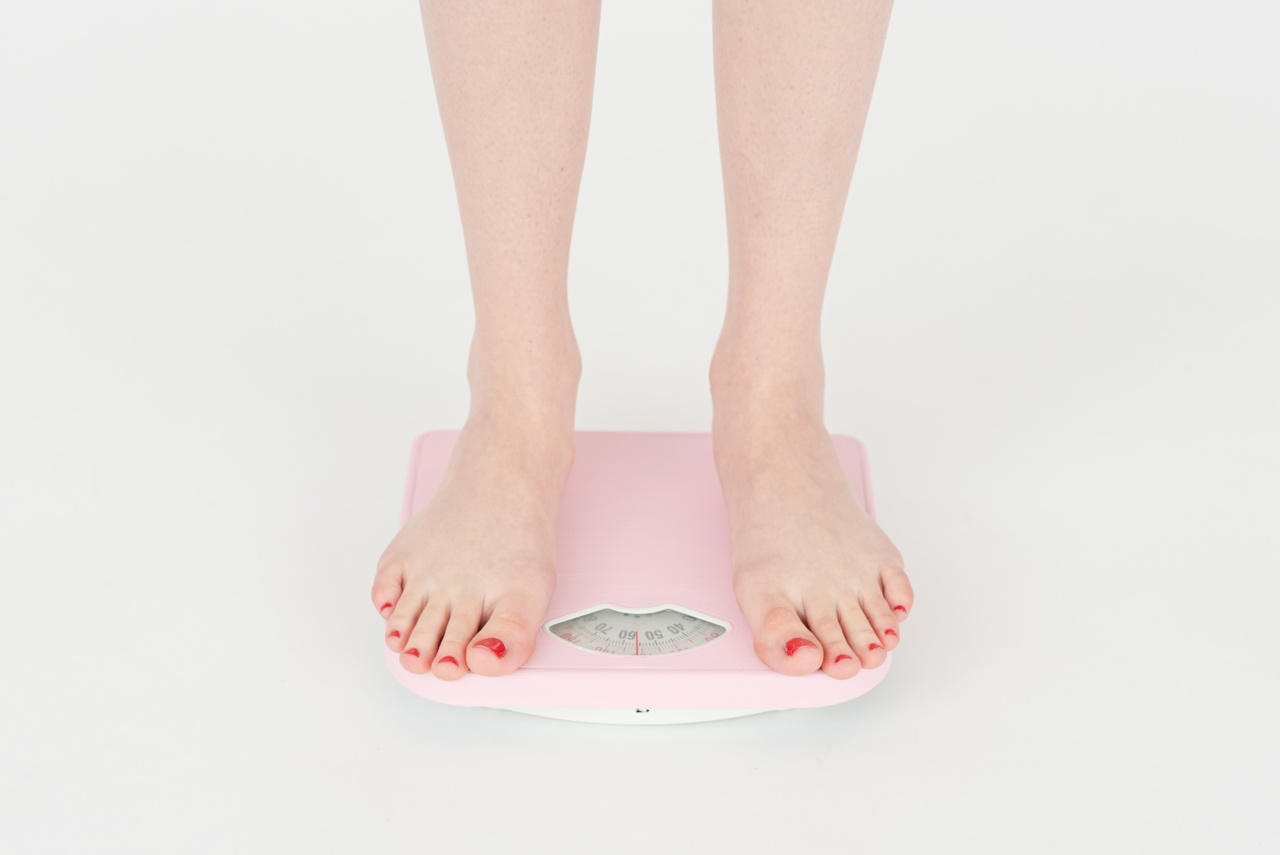Measuring blood pressure accurately is crucial for both diagnosing and monitoring various cardiovascular conditions.
Blood pressure readings help healthcare professionals determine if a person has high or low blood pressure, which can indicate potential health concerns. In this comprehensive step-by-step guide, we will walk you through the process of accurately measuring blood pressure.
Step 1: Prepare the Equipment
Before measuring blood pressure, it is important to gather all the necessary equipment. You will need a blood pressure monitor, a stethoscope, an appropriate-sized cuff, and alcohol wipes to clean the stethoscope and cuff.
Step 2: Create a Calm Environment
When measuring blood pressure, distractions can affect the accuracy of the readings. Find a quiet room where the person whose blood pressure is being measured can relax comfortably. Make sure the temperature in the room is neither too hot nor too cold.
Step 3: Position the Person
Proper positioning is essential for accurate blood pressure measurements.
The person whose blood pressure will be measured should sit in a chair with their back straight and supported, feet flat on the ground, and arm resting comfortably on a table or armrest at heart level.
Step 4: Apply the Cuff
Choose the appropriate-sized cuff for the person’s arm. The cuff should cover about 80% of the upper arm’s circumference. Wrap the cuff snugly around the upper arm, positioning it about 2-3 centimeters above the elbow crease.
Ensure that the tubing is facing towards the person’s inner arm.
Step 5: Locate the Brachial Artery
Using your fingers, locate the brachial artery, found on the inside of the elbow crease. Press gently until you can feel the pulse of the artery beneath your fingertips.
Step 6: Position the Stethoscope
Place the earpieces of the stethoscope in your ears. Position the chest piece or diaphragm of the stethoscope directly over the brachial artery, making sure it is positioned securely and does not touch any other objects or surfaces.
Step 7: Inflate the Cuff
Close the valve on the bulb tightly. Start inflating the cuff by squeezing the bulb.
Inflate it until the gauge reads about 30 millimeters of mercury (mmHg) higher than the person’s expected systolic pressure, which is typically between 120 and 140 mmHg.
Step 8: Deflate the Cuff
Slowly open the valve on the bulb to deflate the cuff. Listen carefully with the stethoscope as the pressure decreases.
Step 9: Identify Systolic and Diastolic Pressure
As the pressure in the cuff decreases, you will hear the first tapping or thumping sound. Note the reading on the gauge at this moment – this is the systolic pressure, the pressure in the arteries when the heart is contracting.
Continue listening for the last thumping sound, which indicates the diastolic pressure, the pressure in the arteries when the heart is at rest.
Step 10: Record the Results
Once you have identified the systolic and diastolic pressures, record the readings accurately. Note down the systolic pressure over the diastolic pressure, for example, 120/80 mmHg.
This information is vital for assessing a person’s blood pressure and detecting any abnormalities.
Conclusion
Accurately measuring blood pressure is essential for managing and diagnosing cardiovascular conditions. By following these ten steps, you can ensure that your blood pressure measurements are reliable.
Remember, it is crucial to maintain proper positioning, use the right equipment, and carefully observe and record the readings during the process.
























